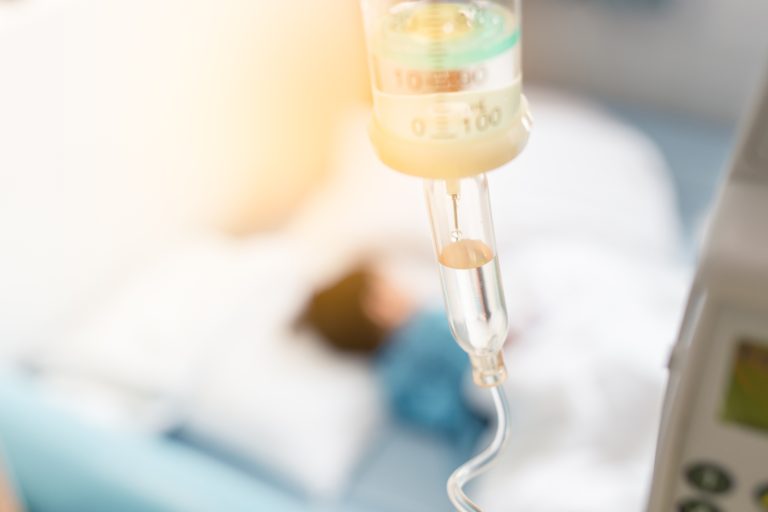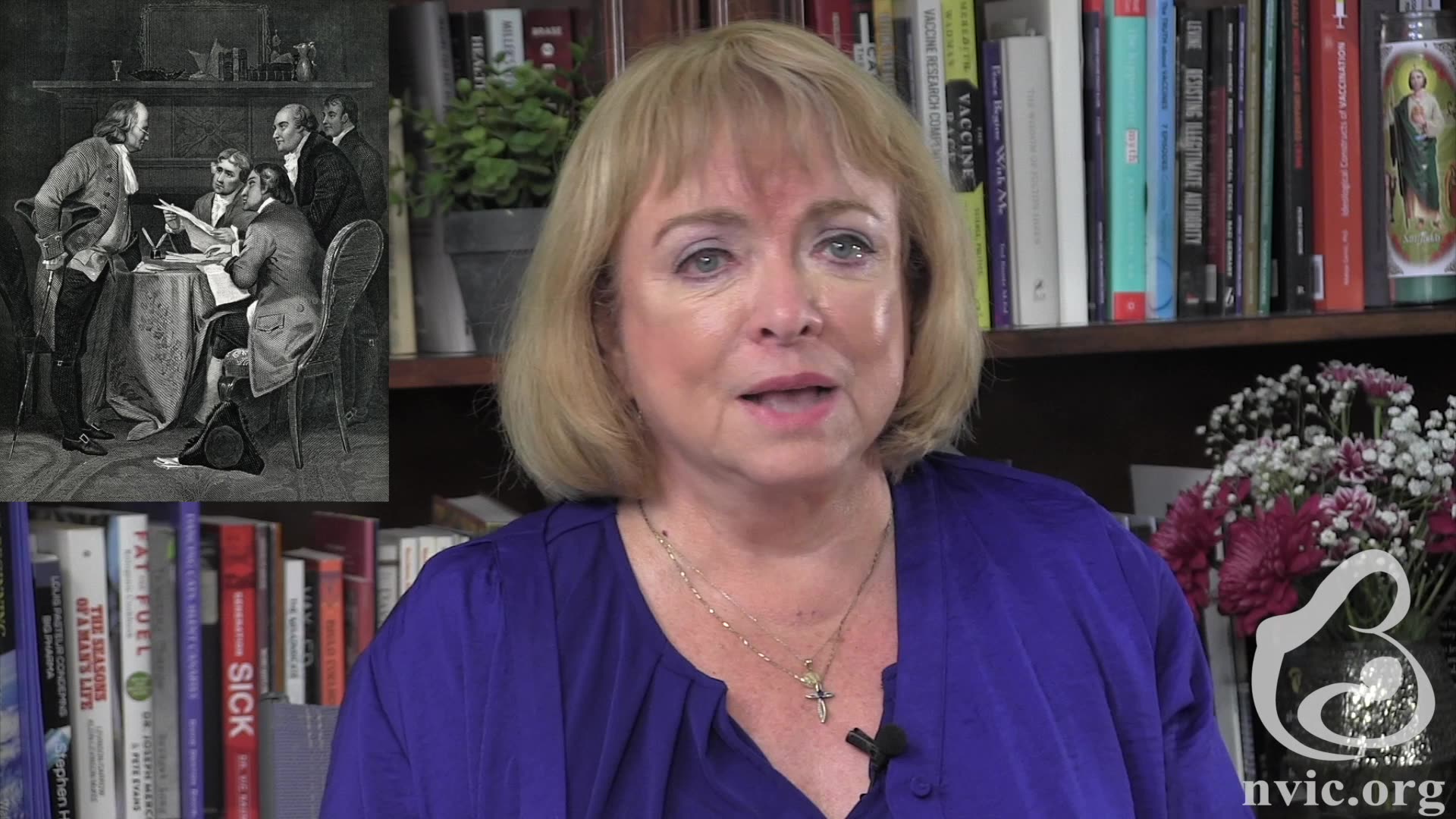A recent report published in The Lancet Regional Health–Southeast Asia from previously published studies found high levels of resistance to the antibiotics commonly used for empirical treatment of sepsis and meningitis in babies and children in the Asia-Pacific region.1
Researchers from the University of Sydney in Australia conducted this study to guide the empiric treatment of sepsis and meningitis in low and middle-income countries in the Asia-Pacific region. This is an area of the world where babies and children are especially vulnerable to bacterial infections and antibiotic resistance. In an ideal situation where blood culture testing is available, children would be treated with targeted antibiotic therapy; however, such tests are very rare to find in these countries.2
The review of 86 studies found that many of the World Health Organization’s (WHO) recommended antibiotics for sepsis and meningitis in newborns in 11 countries in Southeast Asia and the Pacific were less than 50 percent effective and many were also than 30 percent effective.3
Another report published in 2022 by Global Antibiotic Research & Development Partnership (GARDP) stated that hospitals in the 11 countries in Southeast Asia and the Pacific were less likely to use the WHO’s guidance on first- and second- line antibiotic treatments as a result of antibiotic resistance. Those hospitals were more likely to use last resort antibiotics such as carbapenems.4 5
Antibiotics Found Less Effective at Treating Sepsis and Meningitis in Newborns
The 2023 report evaluated the commonly recommended and prescribed antibiotics to treat sepsis and meningitis in children in Southeast Asia and the Pacific, which included ampicillin, gentamicin, non-antipseudomonal third generation cephalosporins (ceftriaxone, cefotaxime) and carbapenems.6
The review found that ceftriaxone, an antibiotic also used in Australia to treat pneumonia and urinary tract infections in children, was only likely to be effective in treating one in three cases of sepsis and meningitis in newborns. The antibiotic gentamicin was also found to be ineffective in treating fewer than half of all sepsis and meningitis cases in children.7
The lead researcher of the study, Dr. Phoebe Williams, stated:
We are not immune to this problem—the burden of anti-microbial resistance is on our doorstep. Antibiotic resistance is rising more rapidly than we realize. We urgently need new solutions to stop invasive multidrug-resistant infections and the needless deaths of thousands of children each year.8
If you would like to receive an e-mail notice of the most recent articles published in The Vaccine Reaction each week, click here.
Click here to view References:1 William P. et. al. Coverage gaps in empiric antibiotic regimens used to treat serious bacterial infections in neonates and children in Southeast Asia and the Pacific. The Lancet Regional Health–Southeast Asia Oct. 31, 2023.
2 Dall C. Study raises questions about efficacy of antibiotics for serious childhood infections. Center for Infectious Disease Research and Policy Oct. 31, 2023.
3 Ibid.
4 Ibid.
5 Global Antibiotic Research & Development Partnership. GARDP Neonatal Sepsis Study Report 2022.
6 William P. et. al. Coverage gaps in empiric antibiotic regimens used to treat serious bacterial infections in neonates and children in Southeast Asia and the Pacific. The Lancet Regional Health–Southeast Asia Oct. 31, 2023.
7 Ramsey L. Antibiotics no longer effective in treating childhood infections in large parts of the world. News Medical –Life Sciences Oct. 31, 2023.
8 Ibid.













One Response
article quote; We urgently need new solutions to stop invasive multidrug-resistant infections and the needless deaths of thousands of children each year / end.
Yeah, this is a major problem which is among the most complex and challenging issues that requires specific specialty knowledge. The medical community is staring at the end of the line and serious non treatable diseases. But this is a consequence of their own making, having turned to antibiotics rather than a million other available holistic treatments for this entire time.
Because patients are dollar signs on a conveyor belt, antibiotics fit the model of quick and easy fixes. We can’t switch gears and do something more sensible like herbal medicine or known cures from the past. We can’t prescribe better diets or hygenic conditions for the people, a reduction in chemical exposure and all the other factors which allow serious illness to take hold of the body. Nope. We must diagnose, then prescribe and treat immediately to ‘save every life possible’.
Unlike the constant comical nature of vaccine related propaganda and ensuing ignorance that the medical community thinks they can solve everything with a needle or vaccine, antibacterial resistance is a much more pressing and serious problem. Because bacterium evolves and every time these ‘classic’ diseases are treated in this matter, there is always a chance of evolution of disease, and that is really happening as evident by rising ratios of non treatable ailments when traditional antibiotics are reached for first and fail to work.
Penicillin was a modern miracle that’s for sure. But such is not the only workable solution. We’re almost a hundred years into this ‘discovery’ in the west, and roughly eighty years since widespread application of penicillin. This gave rise to the many different targeted antibiotics as noted in this article. Early forms of this although not specifically identified as such date back centuries, and as many believe, millennia.
https://en.wikipedia.org/wiki/History_of_penicillin
But that’s not the real history or the full story. Review the wiki article on penicillin if you will and I’d like to direct you to one important data point. / Many ancient cultures, including those in Australia, China, Egypt, Greece and India, independently discovered the useful properties of fungi and plants in treating infections. These treatments often worked because many organisms, including many species of mould, naturally produce antibiotics. However, ancient practitioners could not precisely identify or isolate the active components in these organisms.[1][2]
Fungus among us. There are plenty of alternative treatments to prevent the rise of antibacterial resistance, but the medical community can’t seem to move away from the model of proprietary patented for profit prescription based treatment. Because if they’d be honest about fungus and many other holistic treatments, and better research that today with modern technology, they would find solutions. And those solutions would be unable to be patented and eventually the entire world would adopt new lower cost safer health care alternatives than having to subscribe to costly insurance and march into the administratively bloated modern healthcare model for some special proprietary treatment they could otherwise not obtain anywhere else.
The lesson is simple; We can’t have real solutions become widely available as long as there is a monopoly on treatment from medical corporations and for profit insurance providers, backed by government regulation which assists the proprietary model by disallowing such natural based treatment. Even the label of ‘not for profit’ has become irrelevant because these companies use the label to skirt tax and regulatory restrictions and can be more profitable than for profit companies.
Ever heard the one about cyanide in solid form such as apricot and apple seeds effectively curing cancer? That unless cyanide is made to be a gaseous form, it’s safe in low quantities with incredible health benefits? We always dry out and then crunch down apple seeds and they taste good too. How about that nicotine is a nutrient found in just about every vegetable you eat, and that’s why the human being has neo nicitinoid receptors? That only smoking something or the chemical additives is what makes nicotine harmful, and sometimes the tar because of the nicotine plant but that’s not the only source of nicotine out there? You’ve probably ingested some form of nicotine in your regular diet in the past twenty four hours and it has provided a bounty of health benefits upon you. How about selenium curing alzheimers and regrowing brain tissue? No? Better living through salt? Real butter is good for you not bad? Red meat is among the most healthy foods you can consume? Spirulina? Natural chelation using garlic and cilantro to purge the body of stubborn heavy metals? Stress management being more important than any supplement? The deleterious effects of high fructose corn syrup and bio engineered food ingredients? You don’t need to bother to read food labels because that stuff is not important right? Tin foil hattery is not a serious approach to health management.
Our mislabeled misnomer system of ‘modern medicine’ has problems. They don’t want you to get better or be healthy. They make entirely more money by not curing diseases or utilizing such irresponsible methods as to throw an antibiotic at everything first then see what happens, send a big old bill in the mail for a ten minute treatment. You know what they say; an apple a day keeps the doctor away. The idea that going to the hospital is good for your health is counter productive to better long term health outcomes for society in general. Get off the prescriptions asap and find something else. Nothing wrong with self medicating with something that is not a pharmasuetical product.
As far as needing anti biotics for serious infection. That’s right up there with decapitation or breaking your back. Real serious business. Best to do whatever you can to prevent that and maintain a robust immune system ahead of time. This will also possibly assist in helping whatever antibacterial treatment one may receive to be more effective. People need to stop being so afraid of regular germs, to seek treatments which do not require proprietary designed pharmaceuticals. We’ve cultured super germs that have become resistant to normal anti bacterial treatment as a result. If only those doctors were trained on fungus, chemical exposure, how vaccines compromise the integrity of the immune system rather than boost it, the miraculous healing power of wave technology. One day we’ll get there. But not today, not today.